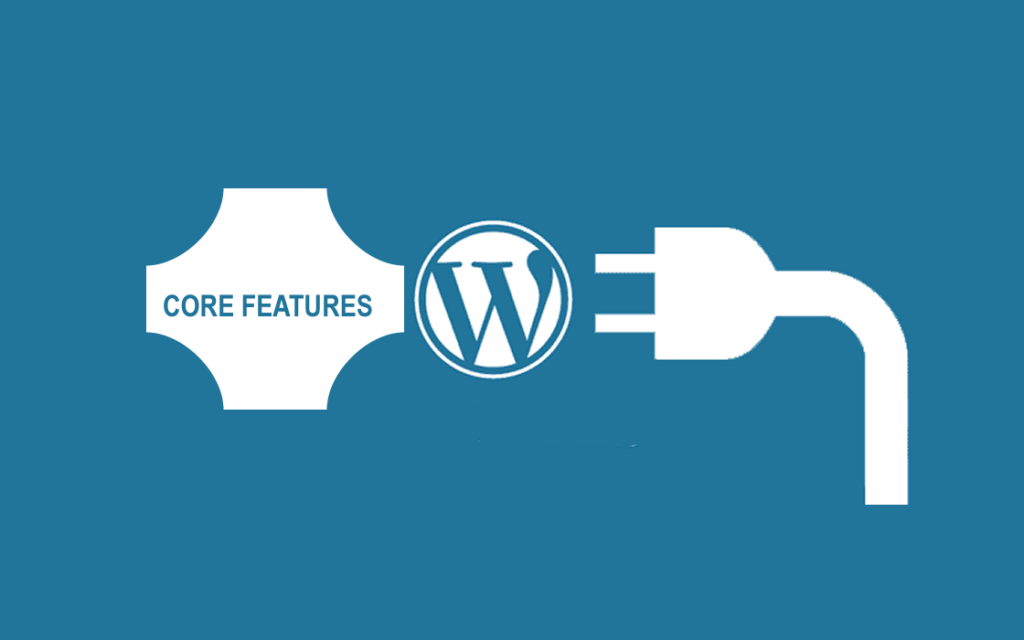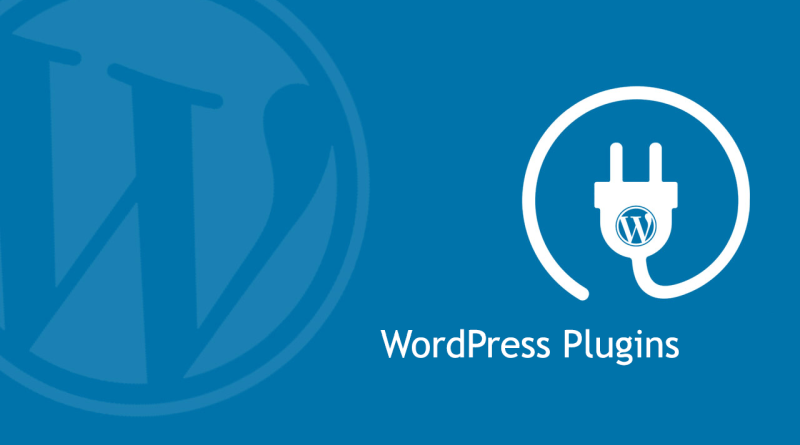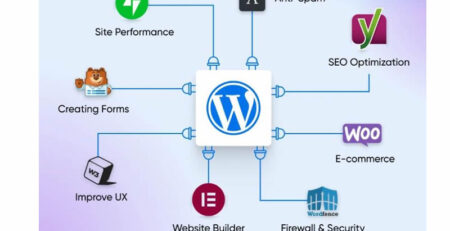WordPress powers almost 40% of websites globally, and its massive collection of over 60,000 plugins has been the main reason for its widespread use. However, choosing the right plugins for your site has become increasingly complex in 2025.
We’ve seen how popular plugins like Yoast SEO and Elementor serve over 10 million websites each, while WooCommerce powers more than 7 million online stores. Faced with so many choices, website owners need a clear strategy to select the best WordPress plugins that deliver results. In this guide, we’ll help you identify the must-have WordPress plugins that will enhance your site’s functionality, security, and performance without compromising its speed or stability.
Understanding Modern Plugin Requirements
WordPress plugin performance criteria have stepped up from the early days when they were just basic add-ons. These days website visitors expect fast loading and seamless functionality on all their devices.
Current website performance standards
Speed remains the cornerstone of website success in 2025. Research shows that 40% of users abandon websites that take more than 3 seconds to load. Furthermore, a single-second delay in page response can lead to a 7% drop in conversions.
Google’s Core Web Vitals have a direct effect on search rankings now. So, making your website’s performance better is something you can’t ignore. Look at these major metrics:
- First Contentful Paint (FCP)
- Cumulative Layout Shift (CLS)
- Loading speed optimization
- Database query efficiency
To meet these demanding standards, you must minimize your plugin code and database queries. Every additional line of code impacts site load time. Also, it’s essential to test your plugins on various devices and browsers to ensure consistent performance
Tools for checking the performance of your site like GTmetrix, Google PageSpeed Insights, and Pingdom will help to identify key areas that need improvement. Nevertheless, the real challenge lies in maintaining optimal performance while adding necessary functionality.
Mobile-first considerations
With mobile devices dominating internet usage, plugin developers must prioritize mobile optimization. Currently, 92% of mobile users access websites through smartphones, making mobile responsiveness crucial for success.
Modern plugins should address several key mobile-specific requirements:
- Responsive Design Integration: Plugins should adjust to various screen sizes keeping both their look and function intact.
- Performance Optimization: Since mobile networks often have bandwidth limitations, plugins need efficient code that minimizes data transfer.
- Touch-Friendly Interface: Navigation elements, buttons, and interactive features must be properly sized and spaced for touch interaction.
- Managing resources: Plugins should implement smart loading techniques to conserve mobile device resources.
Internationalization has furthermore become essential for reaching a global audience. Plugins must support multiple languages and adapt to different cultural contexts. This includes proper handling of non-standard characters and markups to ensure consistent functionality across regions.
For optimal mobile performance, plugins should incorporate:
- Efficient caching mechanisms
- Image optimization capabilities
- Minimal JavaScript execution
- Reduced server requests
The emergence of Progressive Web Applications (PWAs) has added another layer to mobile considerations. Modern plugins must support PWA features like push notifications and offline functionality.
When evaluating plugins, site owners should consider both immediate performance impact and long-term maintainability. Regular updates and dedicated support teams have become crucial factors, particularly for mission-critical functionality.
Front-end technologies continue advancing rapidly, with new JavaScript frameworks and CSS specifications emerging regularly. Therefore, plugins must offer integrated flexibility to accommodate custom animations, transitions, and layouts without requiring core file modifications.
Ultimately, successful WordPress plugins in 2025 must strike a delicate balance between feature richness and performance optimization. They should enhance website functionality without compromising the core metrics that influence user experience and search engine rankings.
 Core WordPress Features vs Plugin Solutions
Core WordPress Features vs Plugin Solutions
Choosing between WordPress core features and plugins requires careful consideration of your website’s specific needs. Understanding this balance becomes crucial as WordPress continues evolving through its development phases.
Built-in functionality assessment
WordPress core provides essential features that often get overlooked in favor of plugins. The platform’s built-in capabilities handle basic content management, user roles, and media handling effectively. Still, according to recent studies, more than 70% of users install plugins without first checking if core WordPress already offers the needed functionality
Before adding plugins, assess these native WordPress capabilities:
- Basic SEO settings and permalinks
- Media management and galleries
- User role management
- Content scheduling
- Basic comment systems
When to choose plugins over core features
Despite WordPress’s robust core features, certain scenarios warrant plugin implementation. For instance, studies indicate that 75% of users prefer tools that directly address specific pain points. Here’s a strategic approach to making this decision:
- Complex Functionality Requirements If you need extensive features like e-commerce capabilities or advanced form handling, plugins offer ready-made solutions. Data shows that building such functionality from scratch would require substantial development time.
- Maintenance Considerations Well-maintained plugins receive regular updates, security patches, and feature improvements. Research indicates that plugins with strong customer support retain up to 80% of their user base.
- Resource Optimization Each plugin adds its code to your site, potentially impacting performance. Studies reveal that over 53% of mobile users abandon sites that load over three seconds. Consequently, choosing between core features and plugins requires careful performance evaluation.
Future WordPress roadmap impact
The WordPress development roadmap has a big influence on the plugin ecosystem. Looking ahead to 2025, several key developments will shape how we use plugins:
Core Feature Integration WordPress 6.8, scheduled for April 2025, introduces significant improvements:
- Enhanced data views
- Refined query loops
- Improved block interactions
- Streamlined design experience
- Expanded style controls
API Developments The platform is introducing new capabilities that will affect plugin development:
- Block Hooks API
- Block Bindings API
- Speculative loading integration
Performance Considerations Future updates focus on optimizing site speed through:
- Lazy loading improvements
- Enhanced cache generation
- Database query optimization
Notably, WordPress aims to maintain its “lean core” philosophy. This approach suggests that most advanced features should remain in the plugin ecosystem rather than being integrated into core WordPress. As Matt Mullenweg, WordPress co-founder, envisions the platform’s longevity extending well into the future.
Multilingual Support A big update coming soon is the ability to support multiple languages. Although currently handled primarily through plugins, WordPress plans to integrate basic multilingual support into its core system. This change will completely transform the way we use language plugins in the future.
Development Guidelines For optimal plugin implementation, consider these factors:
- Regular performance monitoring
- Security vulnerability assessment
- Update frequency evaluation
- Compatibility testing
Looking forward, WordPress plans to focus on building strong APIs instead of adding every feature directly to the system. This strategy ensures plugins remain a vital source of innovation within the WordPress community. Moreover, the platform’s commitment to backward compatibility means existing plugins will continue functioning alongside new core features.




